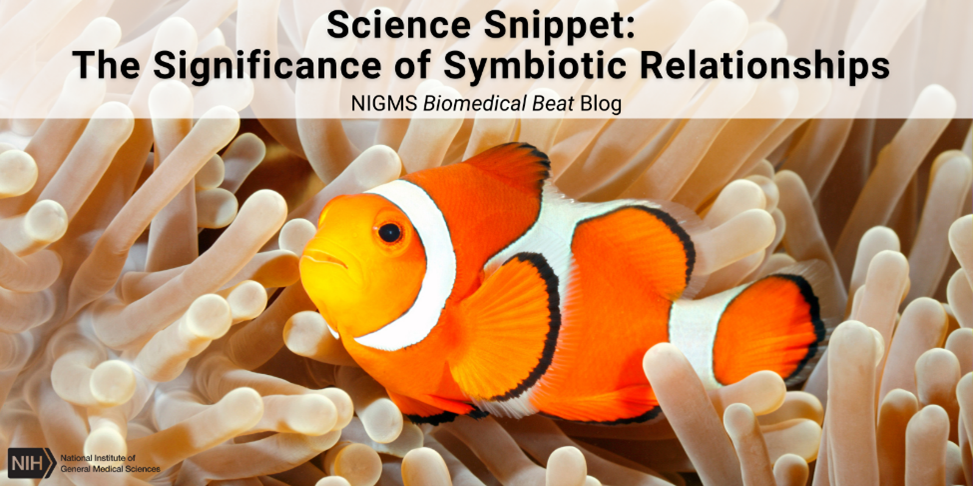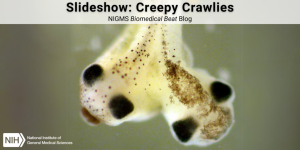Relationships are complicated, even in nature. Two unrelated species living close together and interacting for survival is called symbiosis. There are three types of symbiotic relationships: mutualism, commensalism, and parasitism.
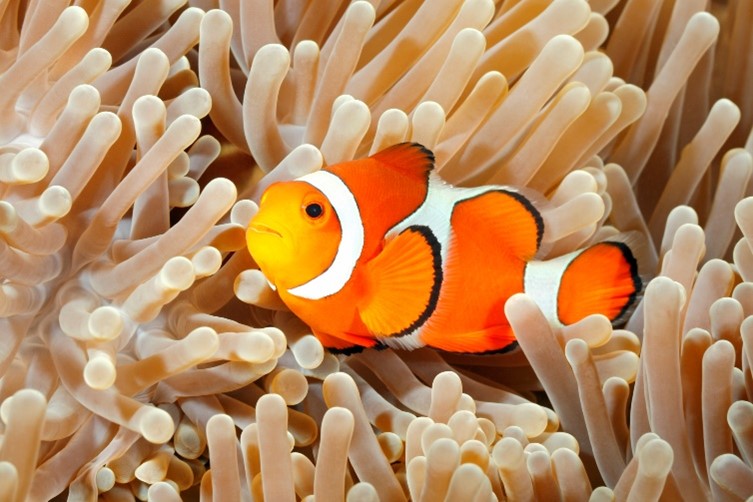
In a mutualistic relationship, both organisms benefit from the interaction. One example is the relationship between honeybees and flowers. Honeybees drink nectar from flowers, collecting and carrying pollen as they fly from one flower to another. Nectar allows bees to make honey, and spreading pollen helps flowers reproduce. Another example of a mutualistic relationship is between clownfish and sea anemones. The sea anemone provides protection and shelter, while clownfish waste provides the sea anemone with nutrients.
A commensal relationship involves one organism benefitting from the interaction while the other isn’t helped or harmed. An example of this relationship is between the remora fish and sharks. The fish attach themselves to the sharks and receive free rides, protection, and leftover food scraps without harming or benefiting the sharks. Another example is the commensal relationship between cattle and birds called cattle egrets. Egrets eat insects that cattle stir up from grazing, but the birds don’t affect the cattle.
In a parasitic relationship, one organism receives benefits while harming the other. Most parasites live on or in their host and rely on them to survive. Parasites rarely kill their hosts, but they can deliver life-threatening diseases. Ticks are a common parasite that bite and feed on animals and humans, often causing diseases such as Lyme disease or a potentially life-threatening allergic condition called alpha-gal syndrome. Common cuckoo birds are examples of different kinds of parasites: They lay their eggs in other birds’ nests. The cuckoo chicks hatch first and often push the other eggs out of the nest. Although the other birds lose their own chicks, they continue to feed and raise the cuckoo chicks.
Symbiotic Relationships in Humans
Humans also experience many symbiotic relationships. For example, our gut microbiomes contain bacterial species. One of these species, Lactobacillus, helps break down carbohydrates our bodies can’t, provides enzymes necessary to make certain vitamins, and enhances our intestinal barrier function through increasing mucus and antimicrobial peptide production. Our bodies provide the bacteria with shelter and food, while the bacteria provide us with health and nutritional benefits, creating a mutualistic relationship.
We have a commensal relationship with dust mites that live on our skin. These mites don’t cause harm or provide benefits to us, but they live off our dead skin cells and secreted oils.
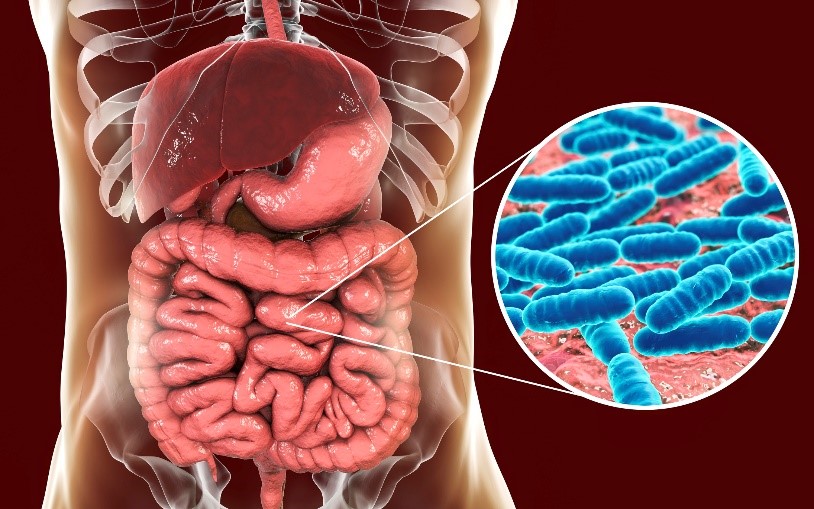
Unfortunately, we’re also susceptible to parasitic relationships. Common parasites that affect humans include lice, ticks, tapeworms, roundworms, and some single-cell protozoans, such as amoebas or flagellates. One flagellate, Giardia intestinalis, can spread through contaminated water and multiply in human intestines by feeding on nutrients found there. Giardia infections can cause diarrhea, stomach cramps, nausea, and dehydration in humans. Doctors can treat the infection with antiparasitic medicines.
NIGMS-Funded Research
NIGMS supports scientists who are studying symbiotic relationships. Some of these researchers are:
- Studying symbiosis between bacteria and squid to better understand the way bacteria colonize their hosts. Knowing how bacteria grow and multiply under the protection of the host could help us better treat infectious bacteria in humans.
- Probing the genetics of honeybees and their microbiome to learn how symbiotic pairs evolve over time. Because the gut microbiomes of honeybees and humans are similar, this information could shed light on how the human microbiome helps guard against pathogens.
- Characterizing the interaction of sphingolipids—important lipids in cell membranes—in the host-microbiome symbiotic relationship. Understanding how bacteria and humans exchange lipids could help researchers better control the relationship to benefit human health.
- Exploring the molecular, genomic, and metabolic mechanisms that regulate the relationship between host cells and their normal beneficial microbiome. This knowledge could provide researchers and doctors with tools to help treat gastrointestinal diseases, such as irritable bowel syndrome or colorectal cancer.
- Investigating the relationships between fungi and bacteria to better understand the mechanisms of antimicrobial and antibiotic resistance. Understanding these mechanisms could help researchers develop medicines that can overcome this resistance.
Healthy relationships are as important in our bodies as in society. To maintain our health, it’s key to understand symbiotic relationships to harness their benefits and protect against their harmful effects.
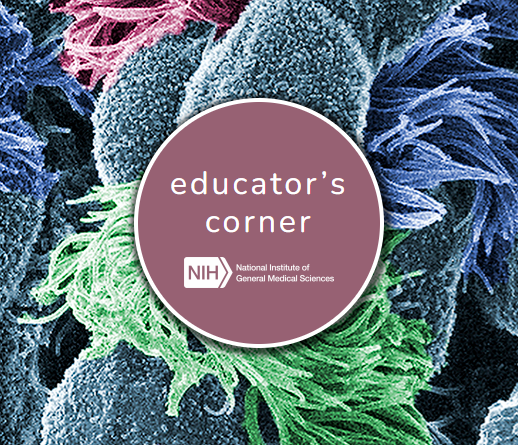
Learn more in our Educator’s Corner.


